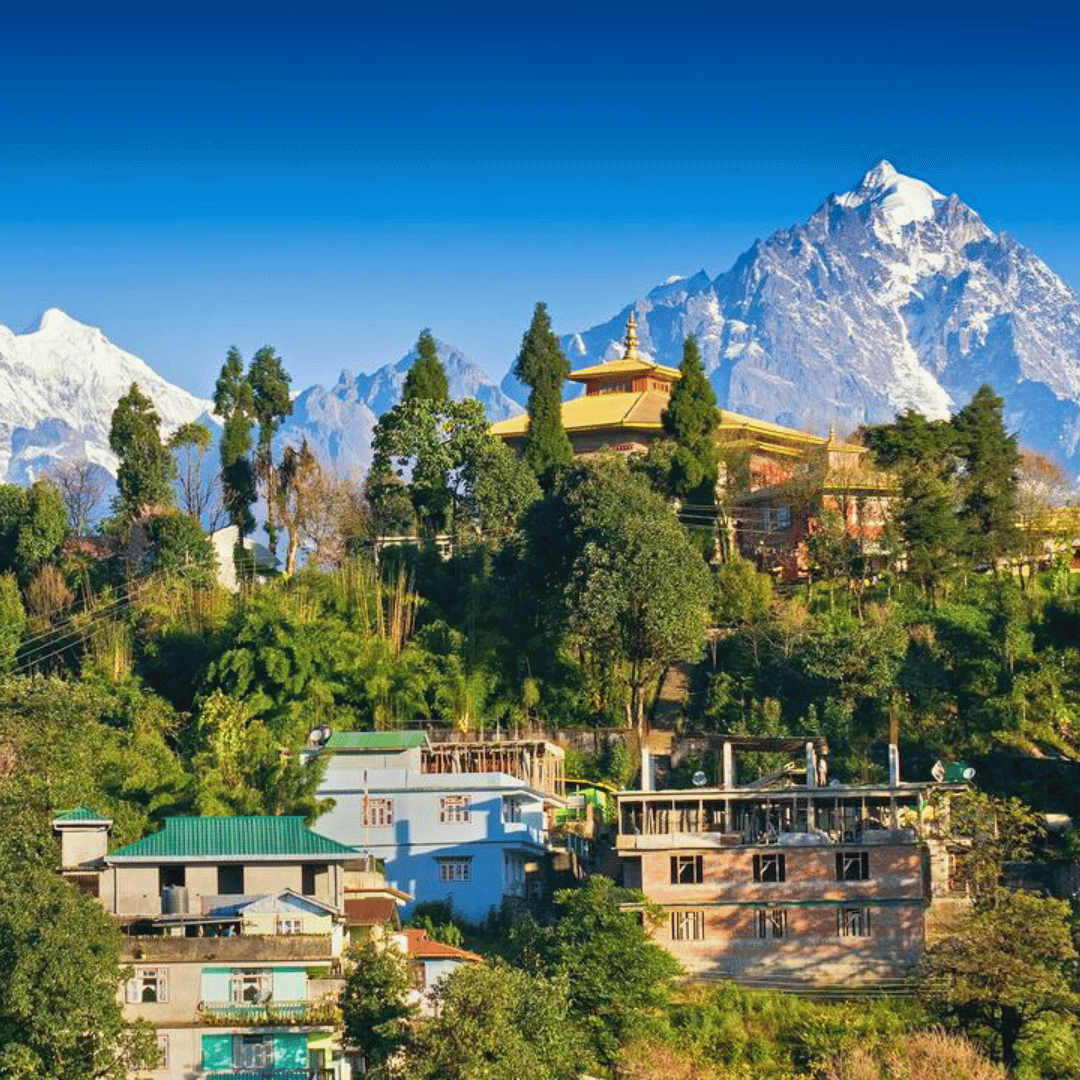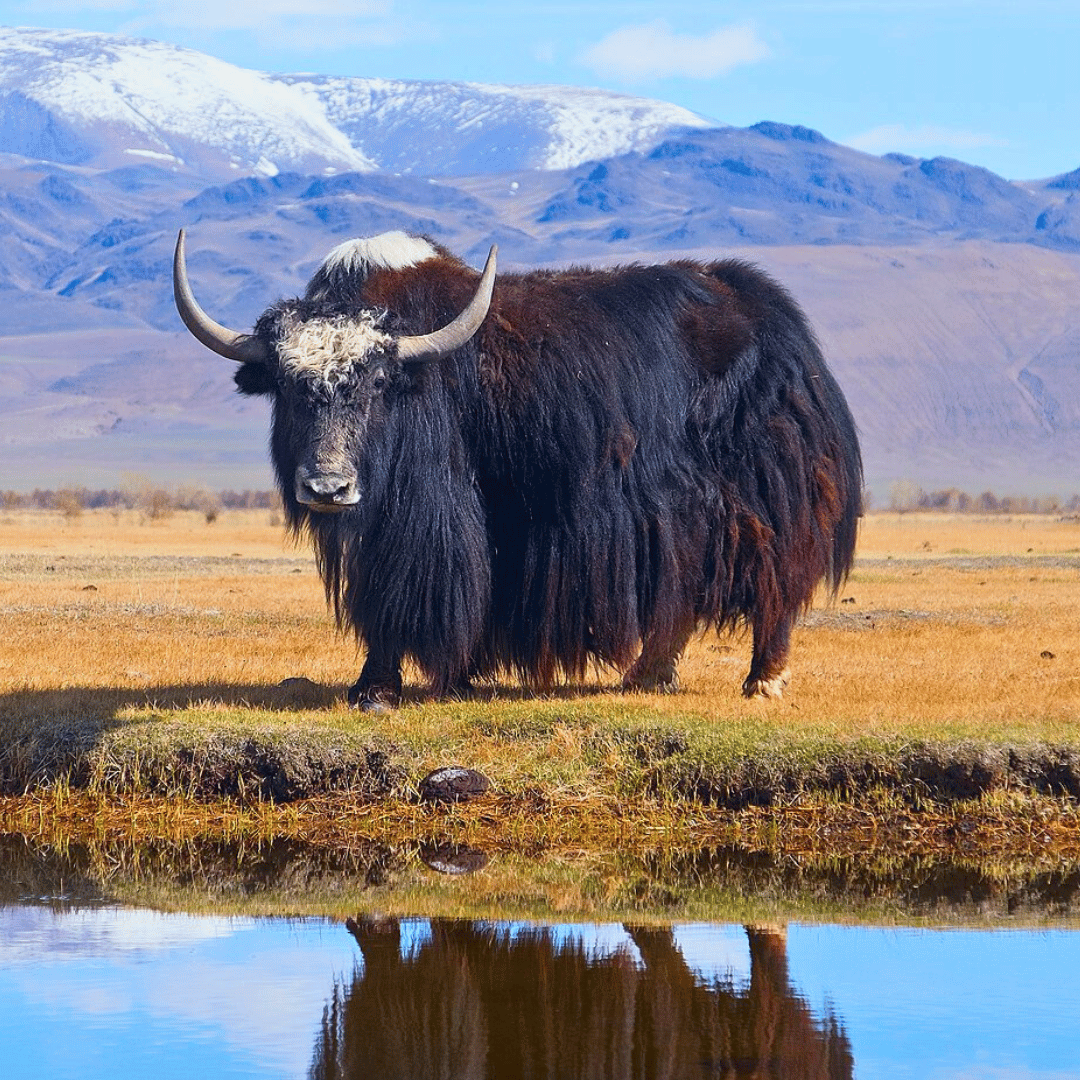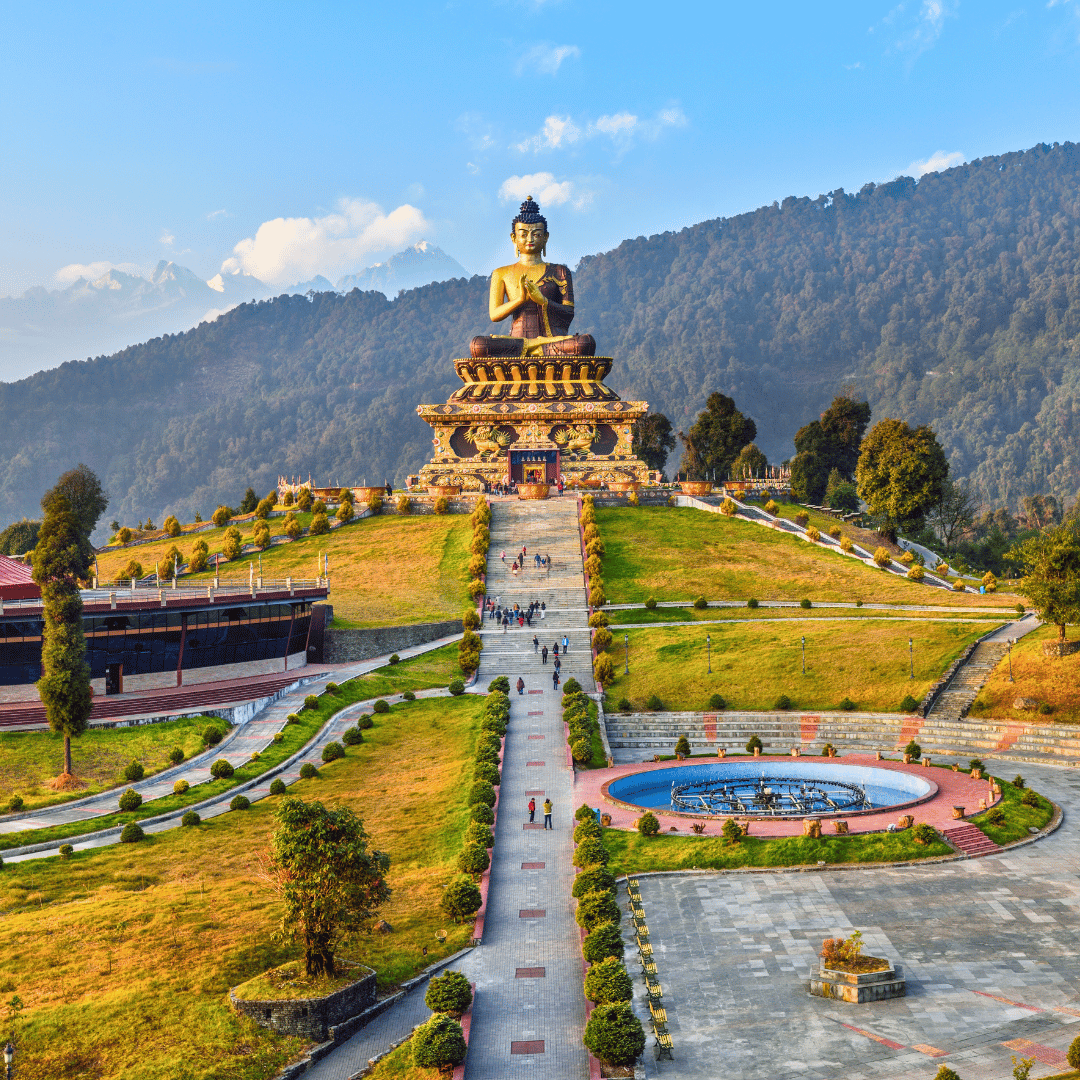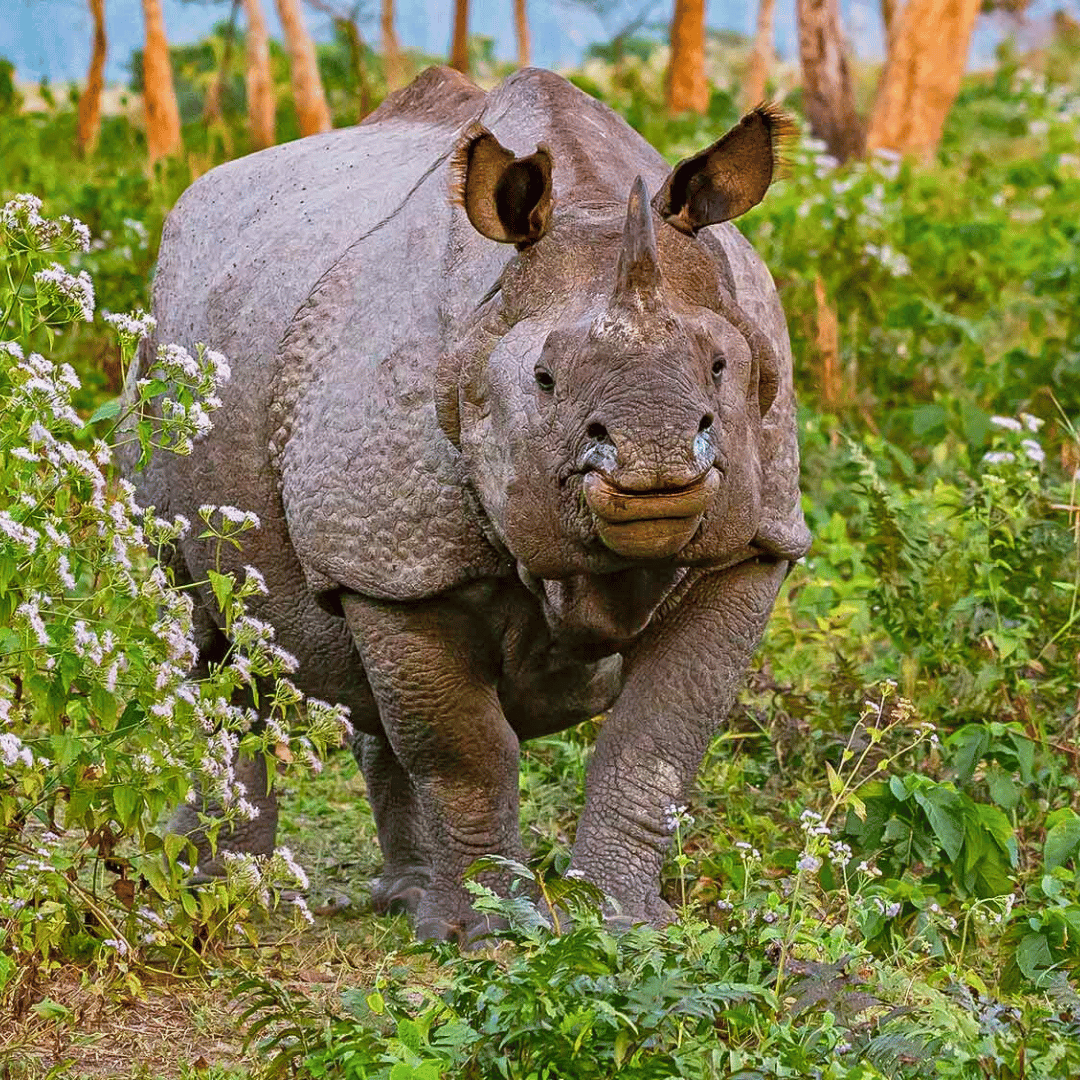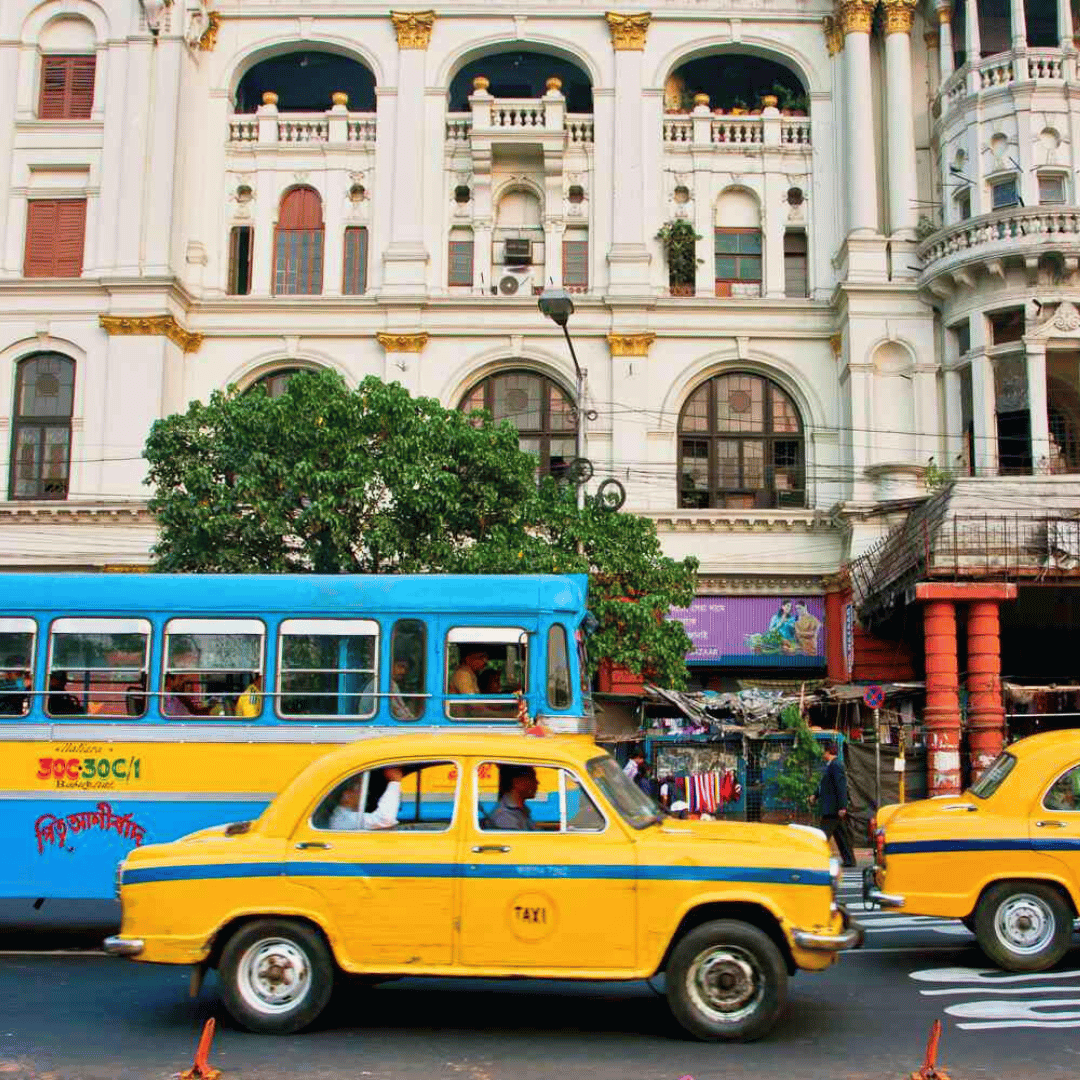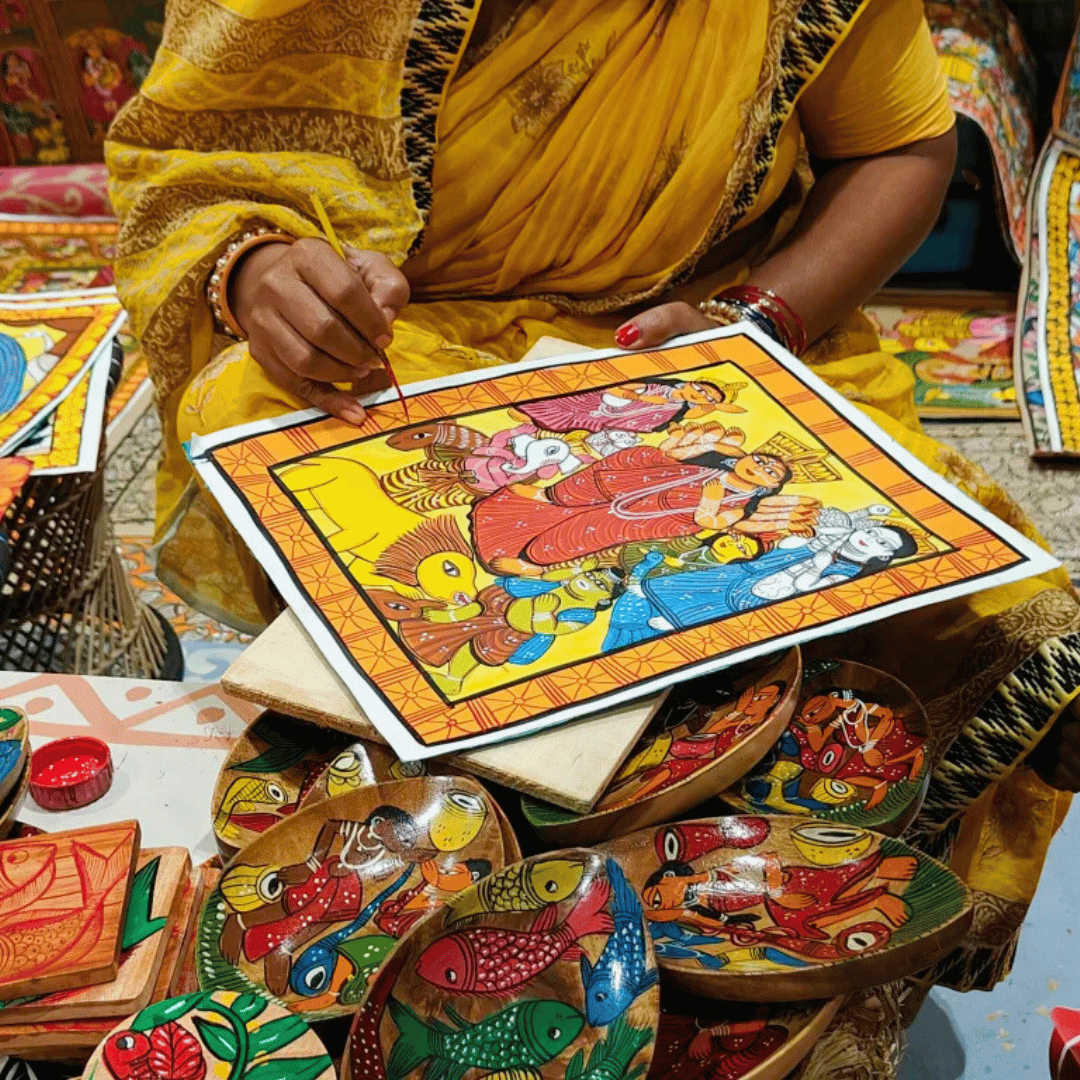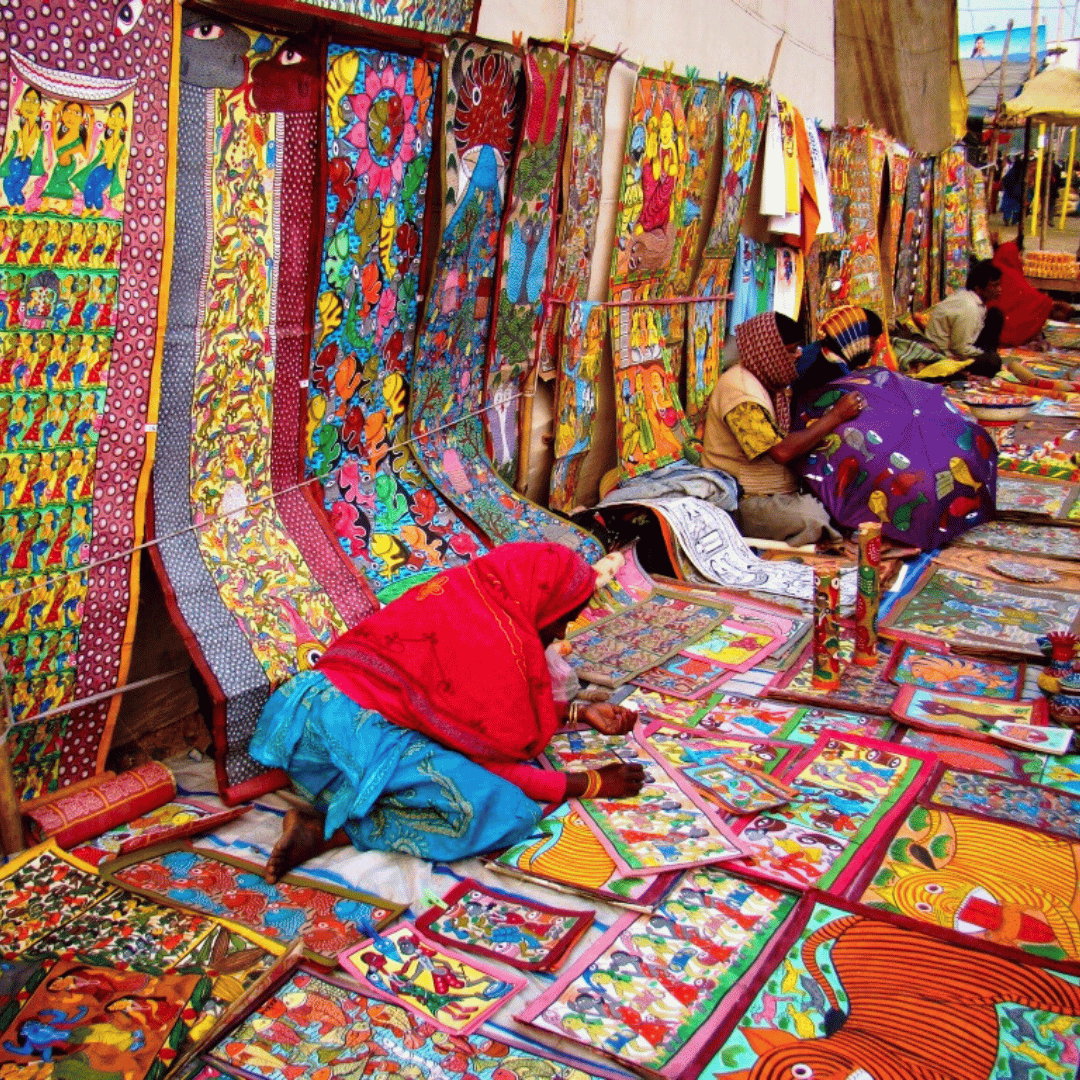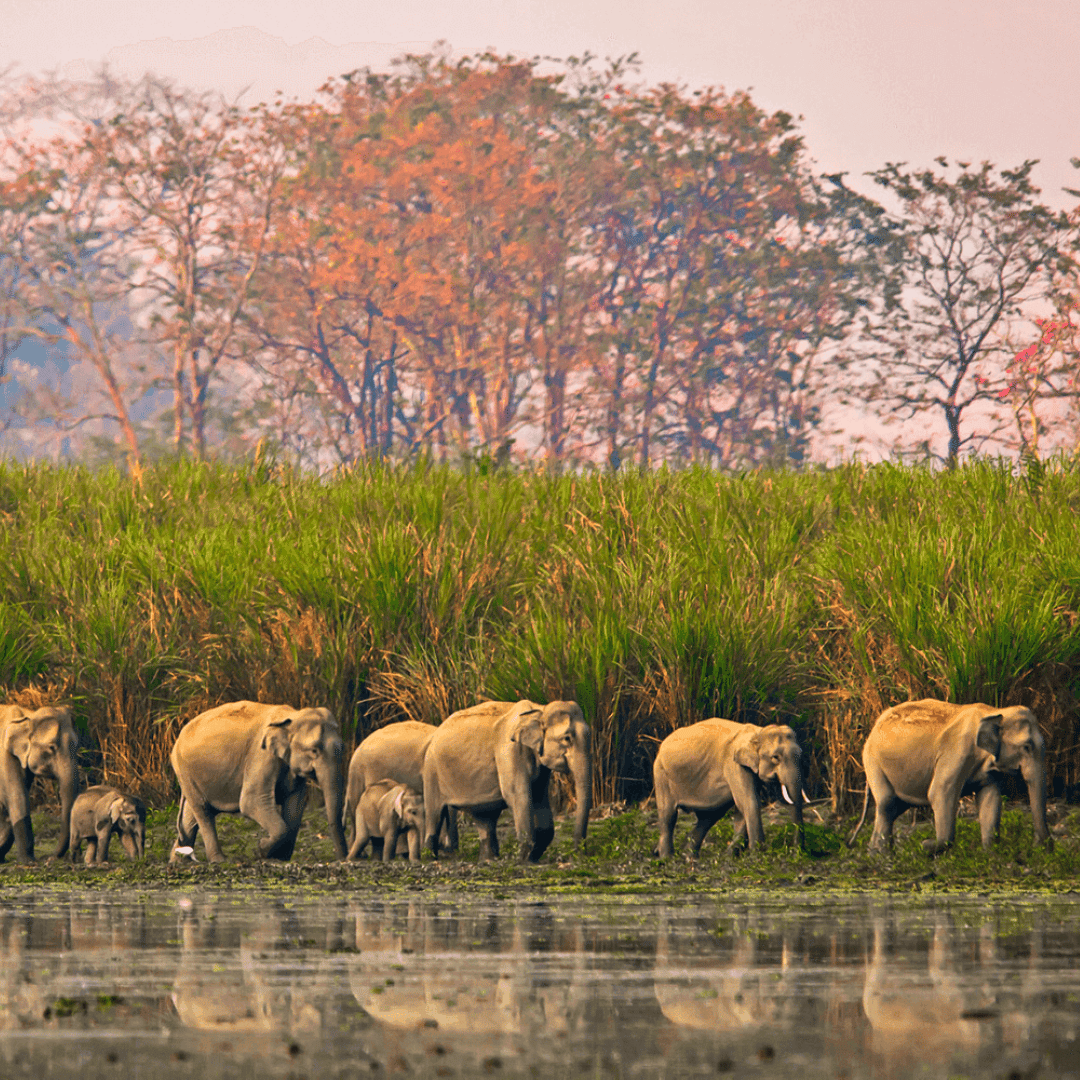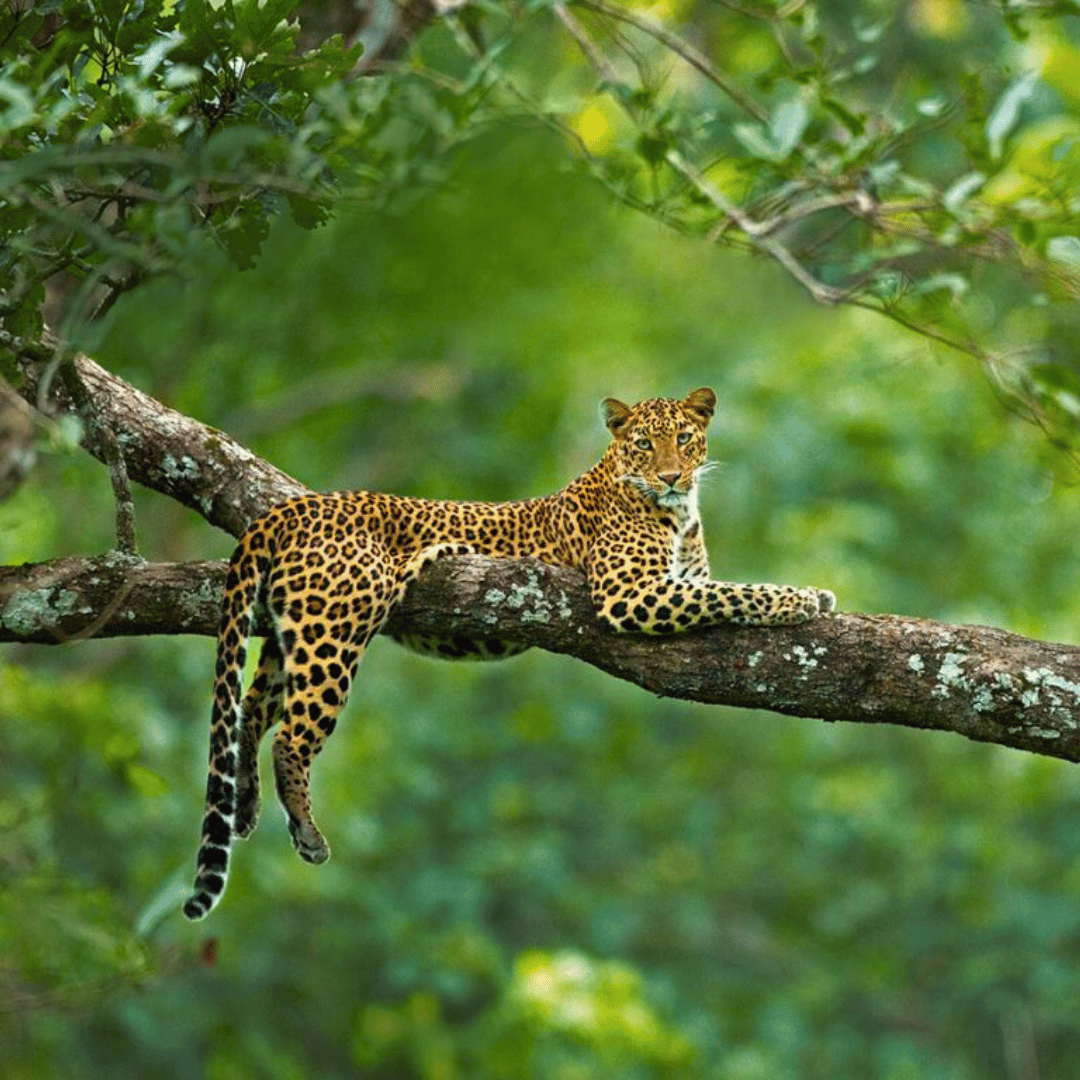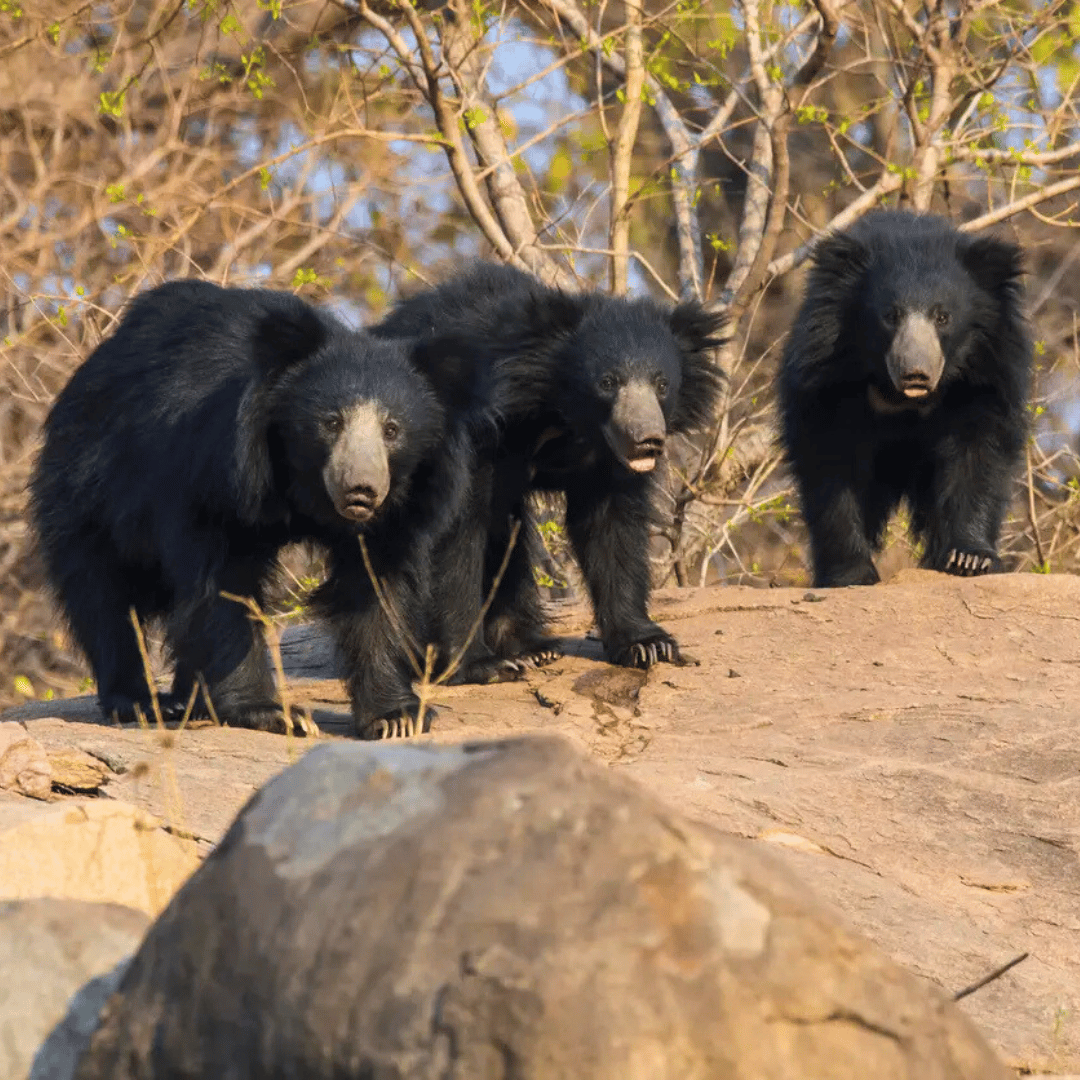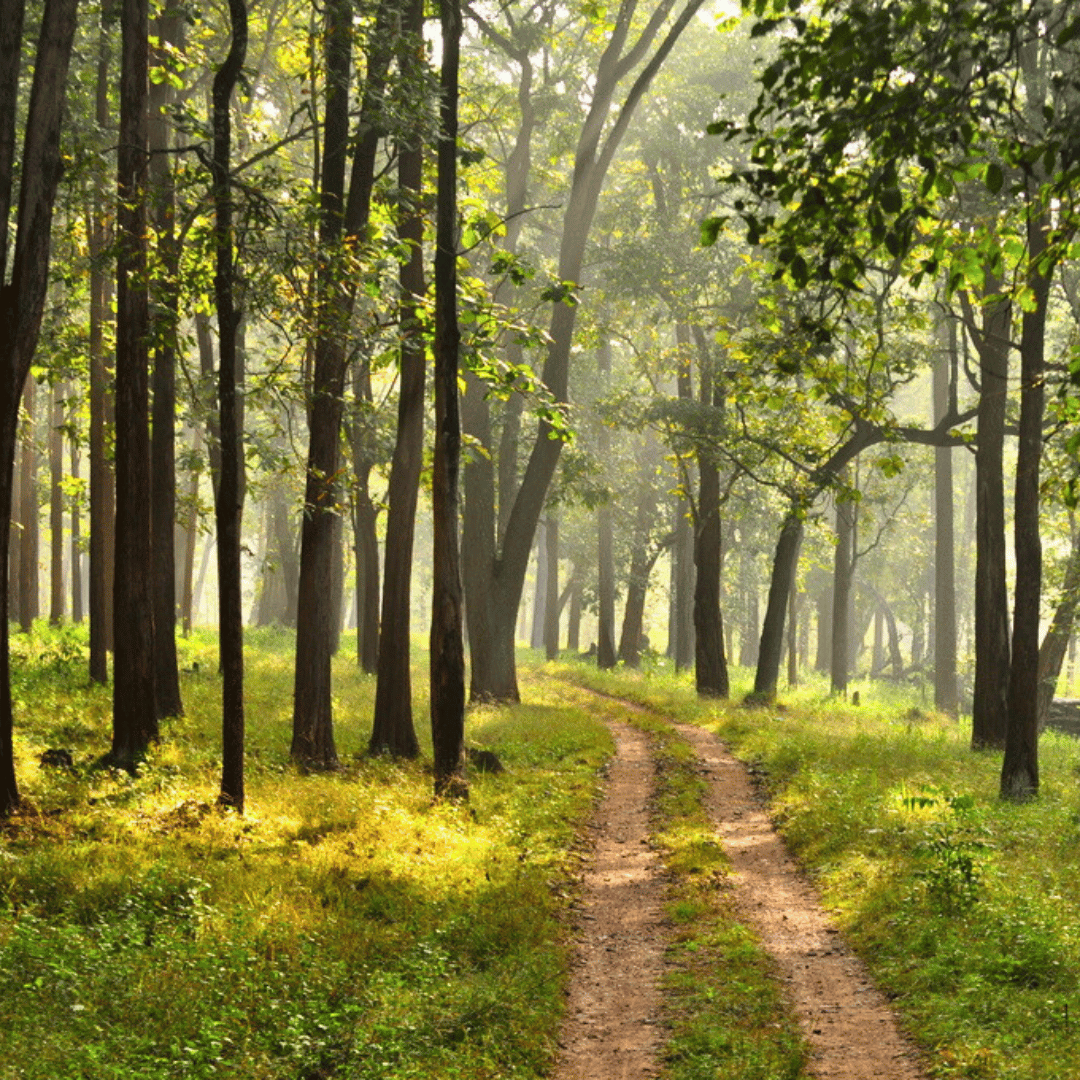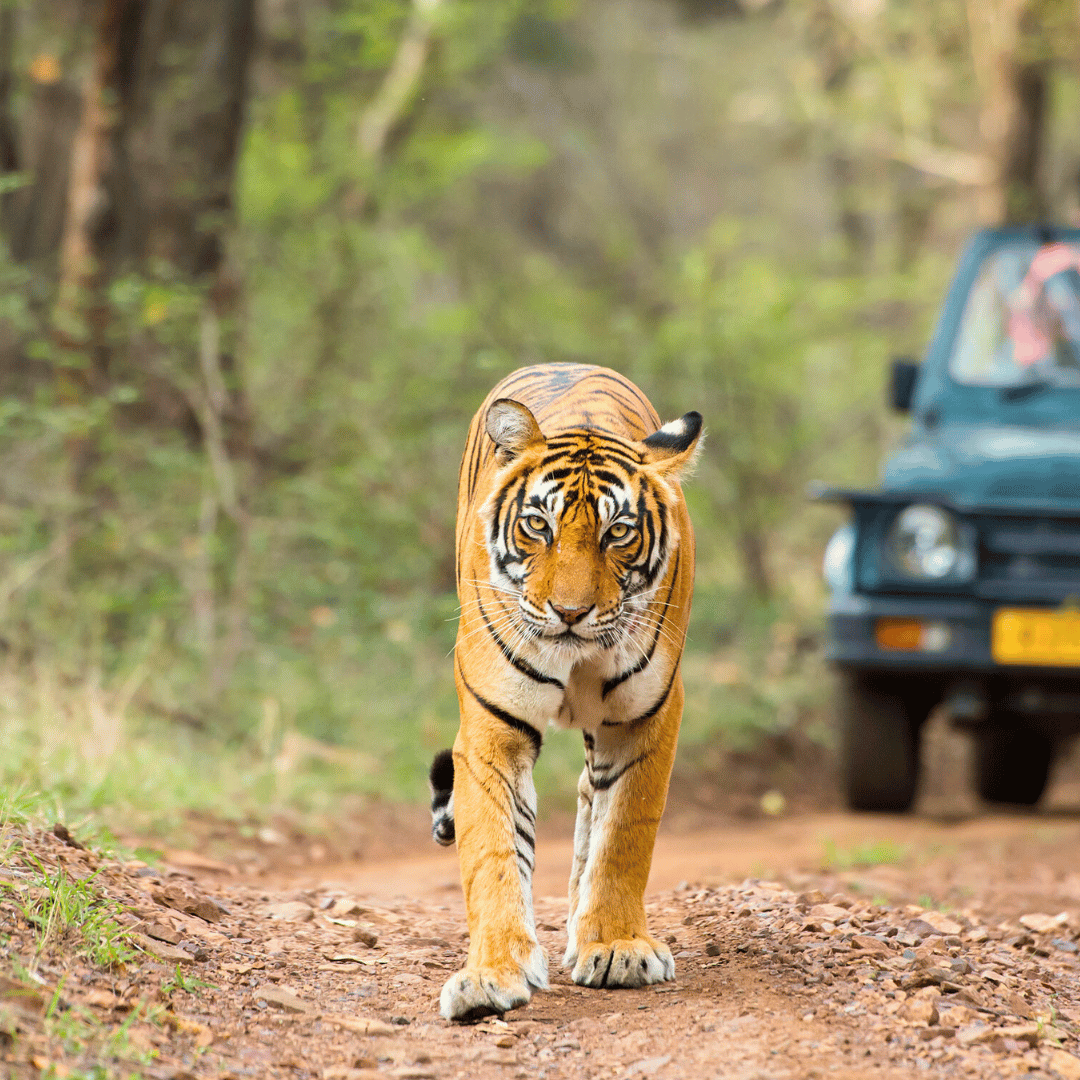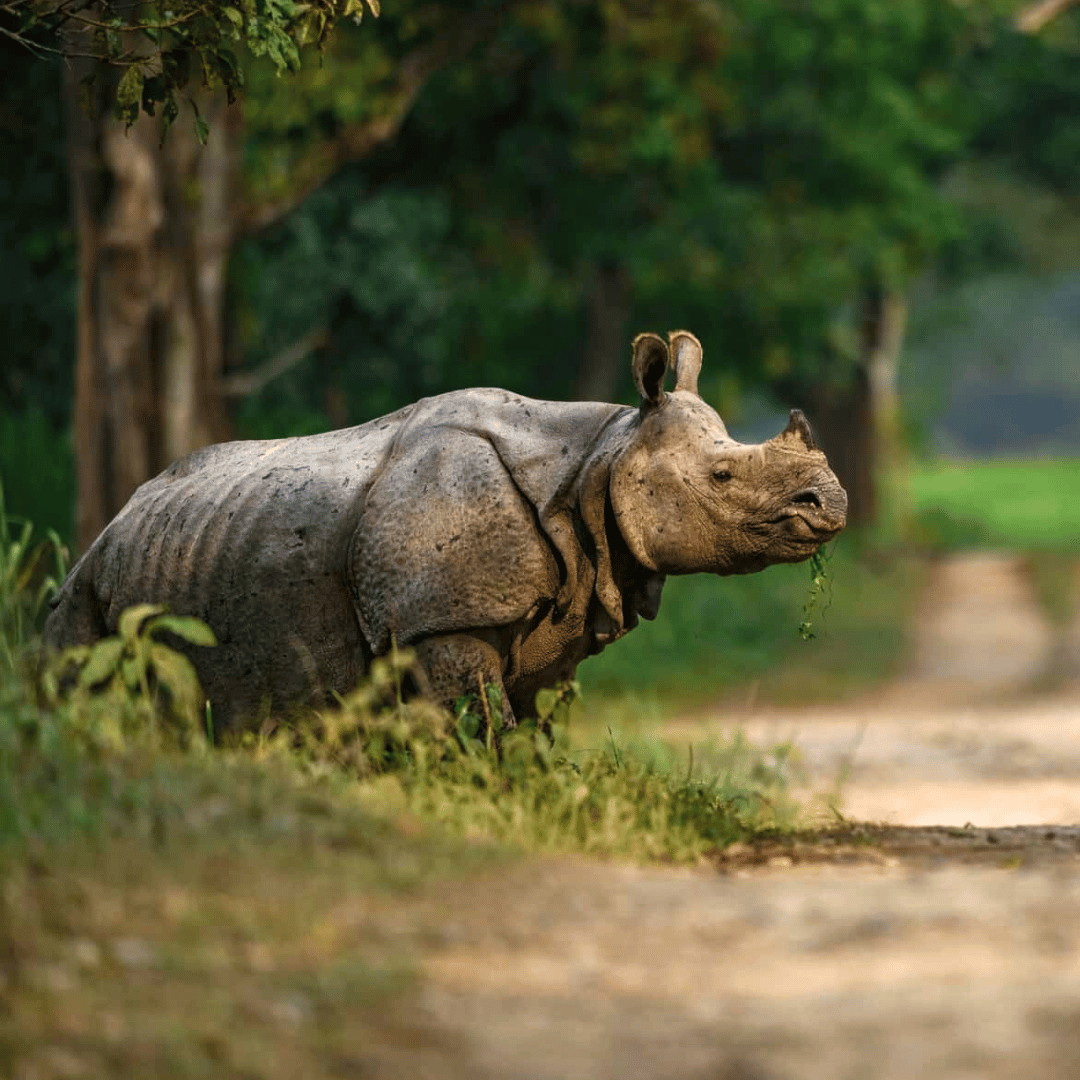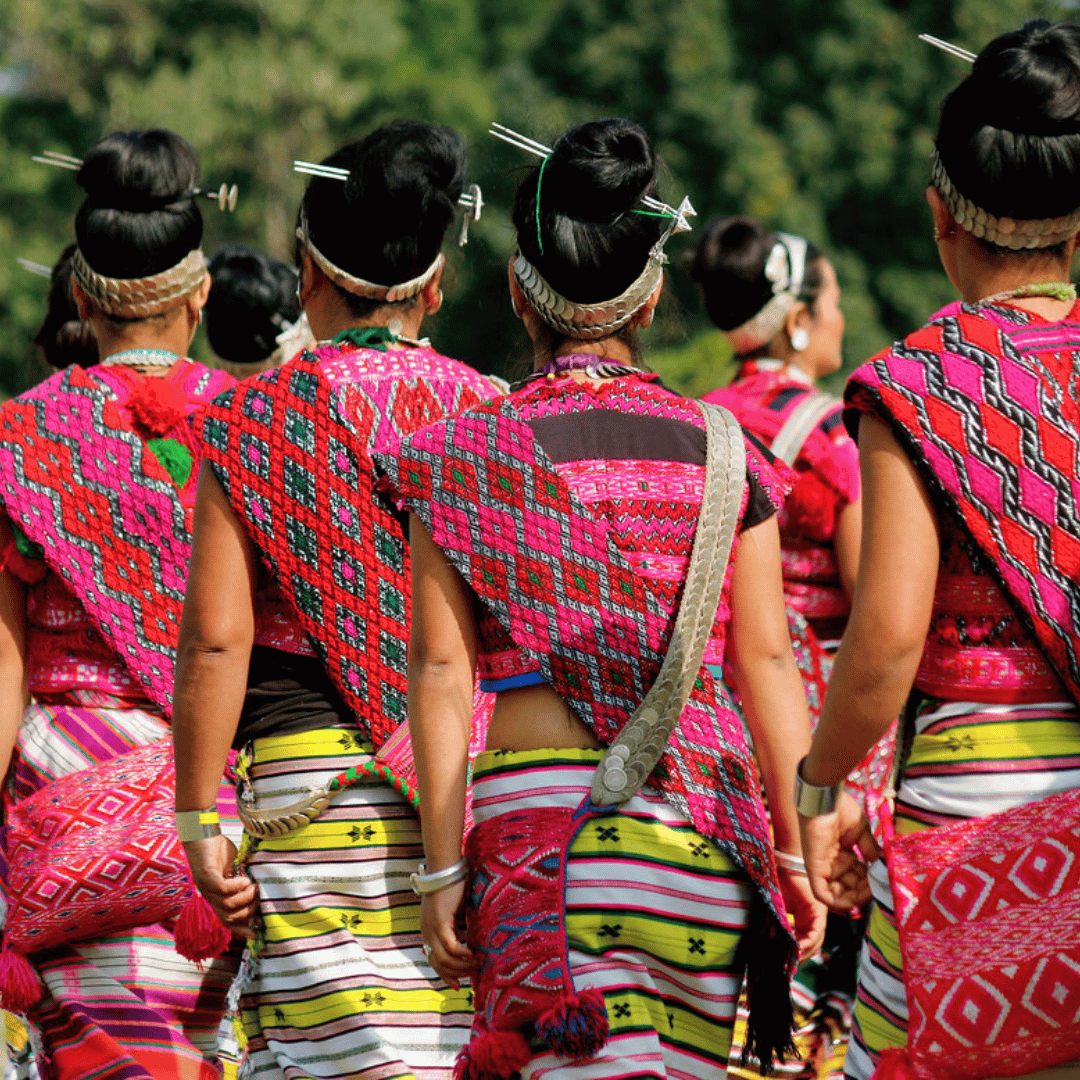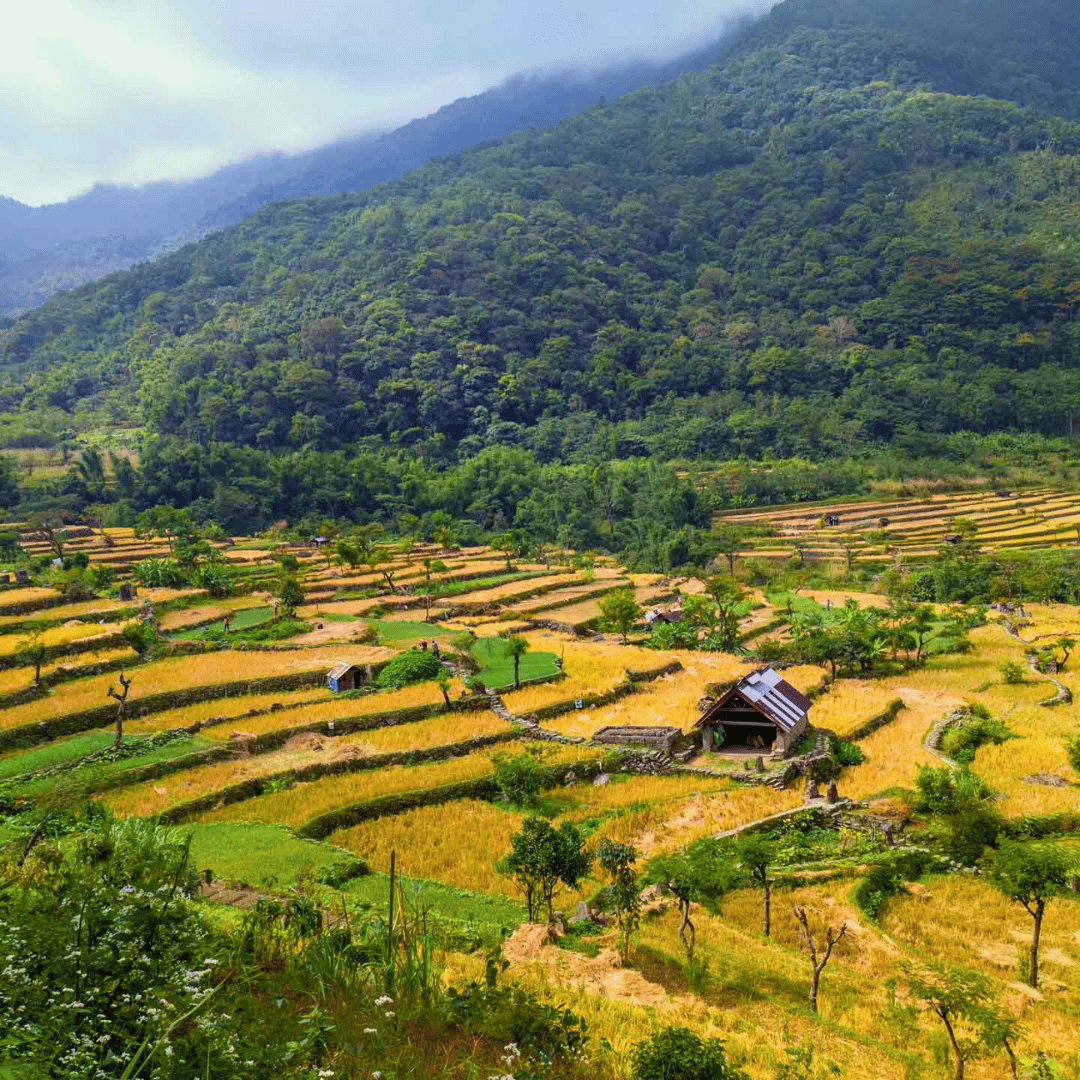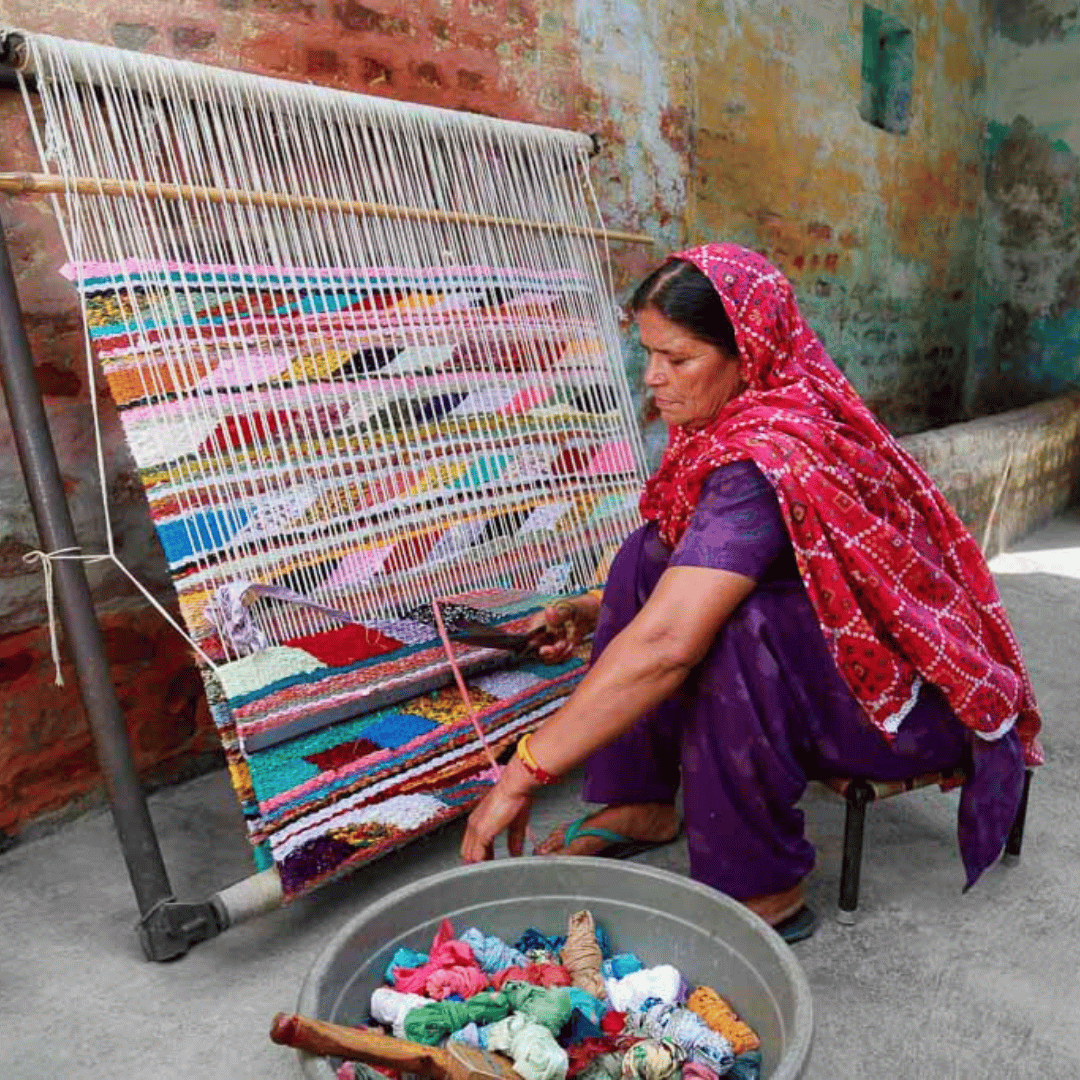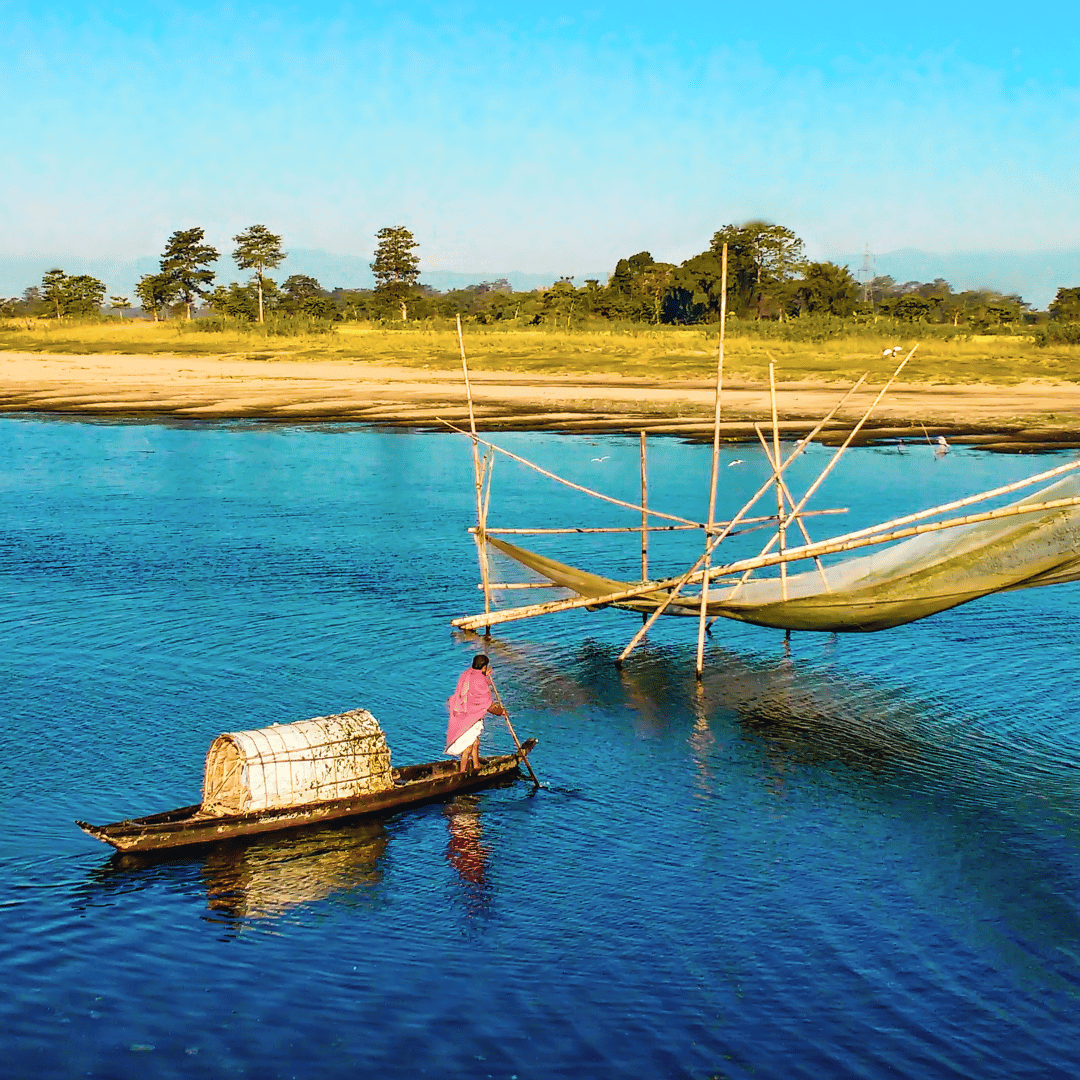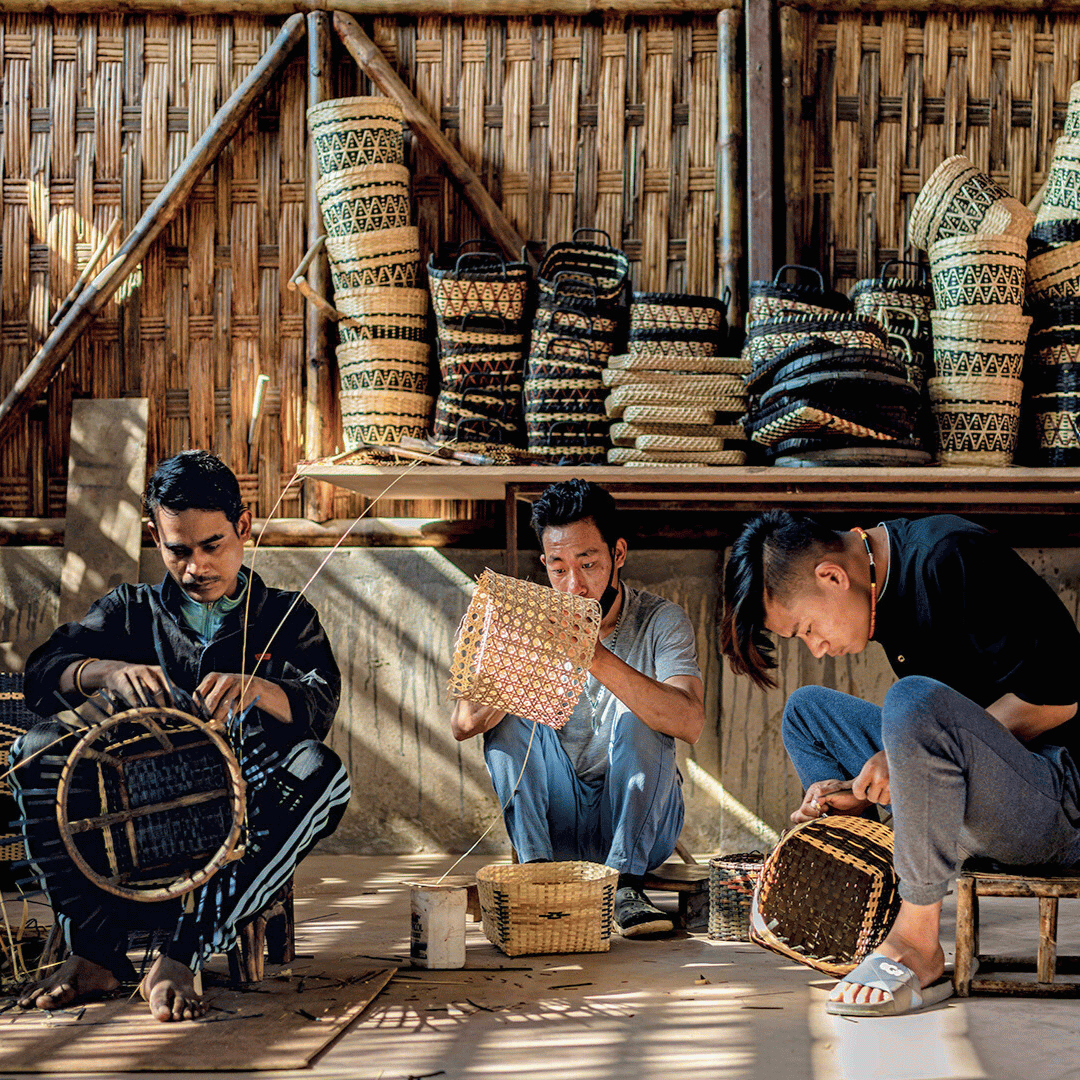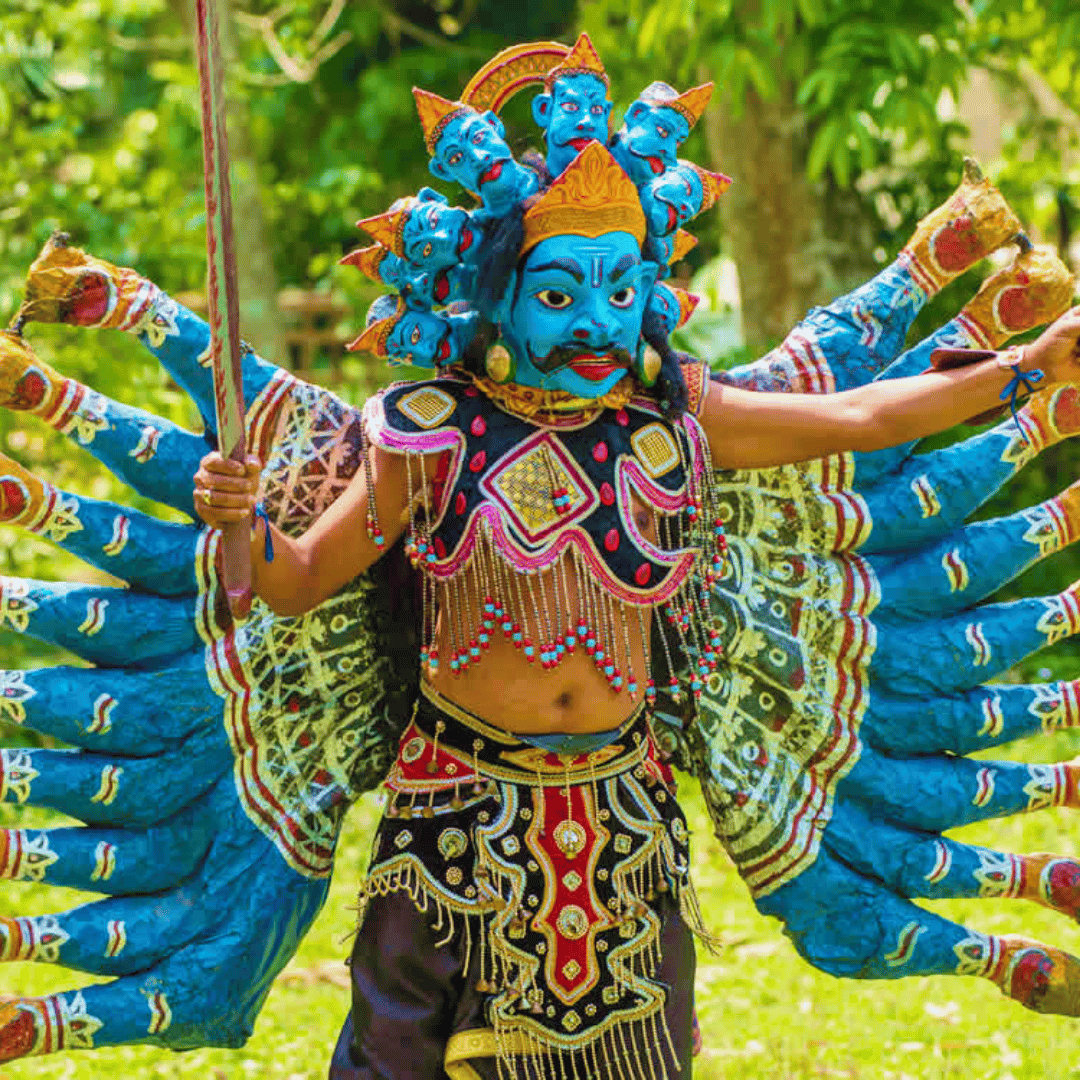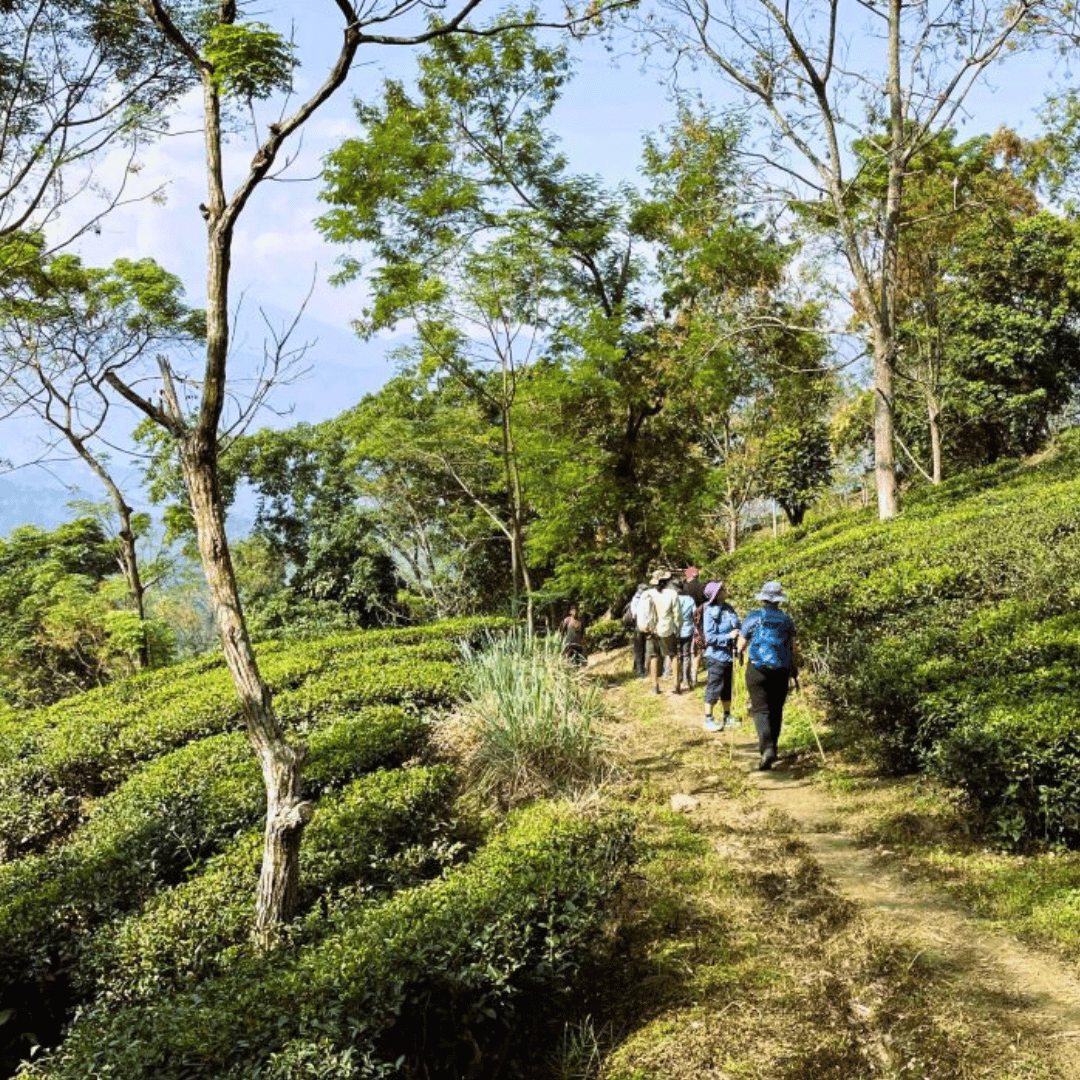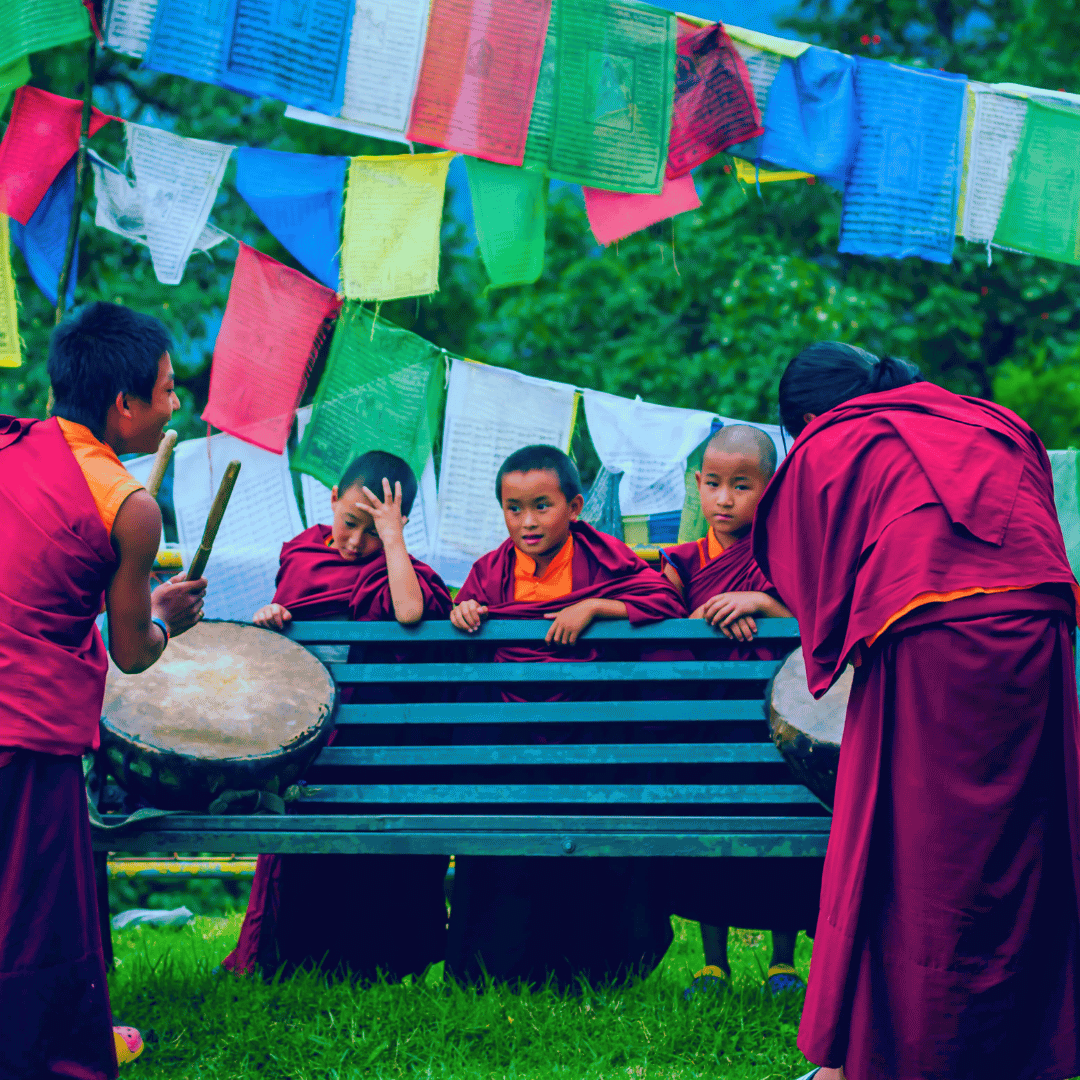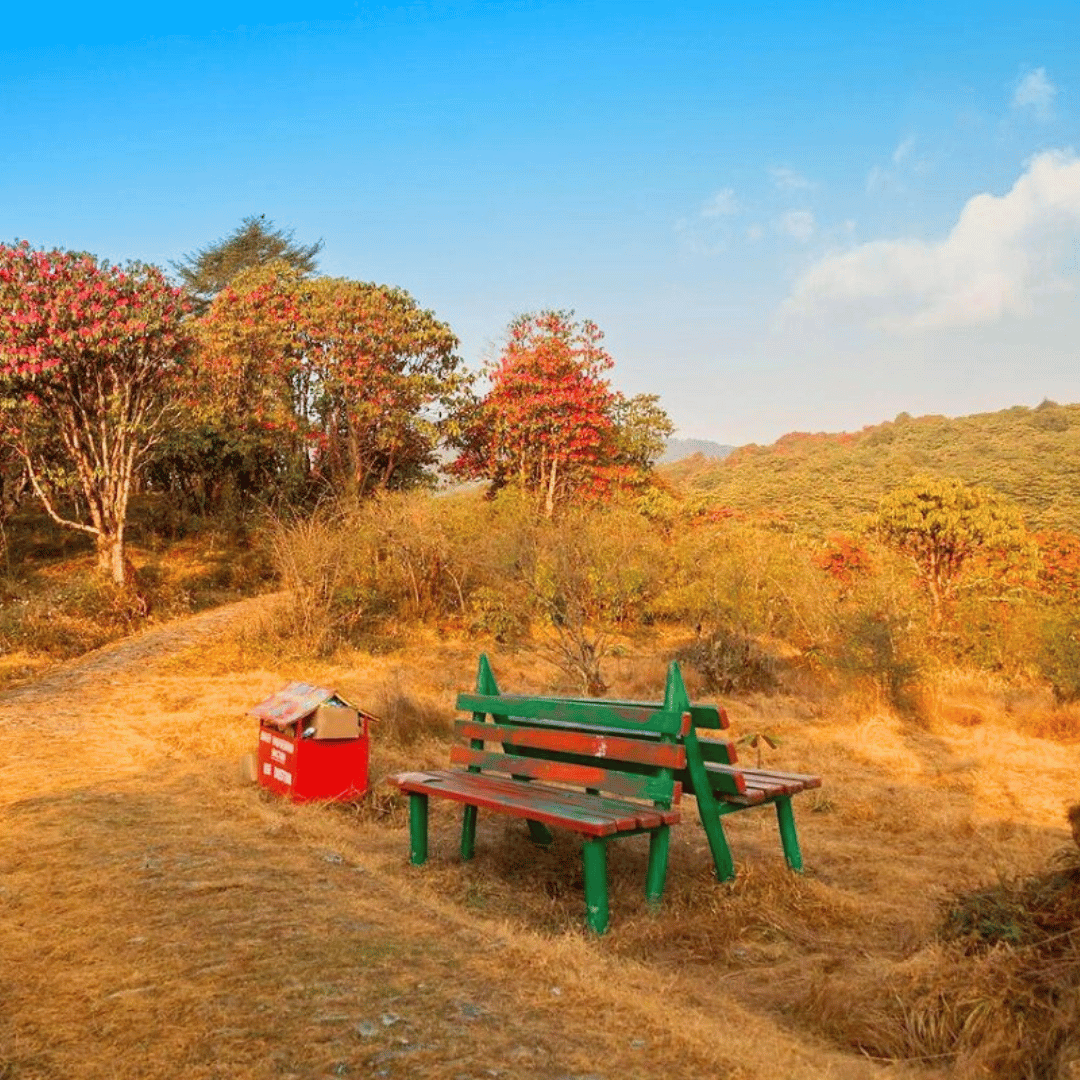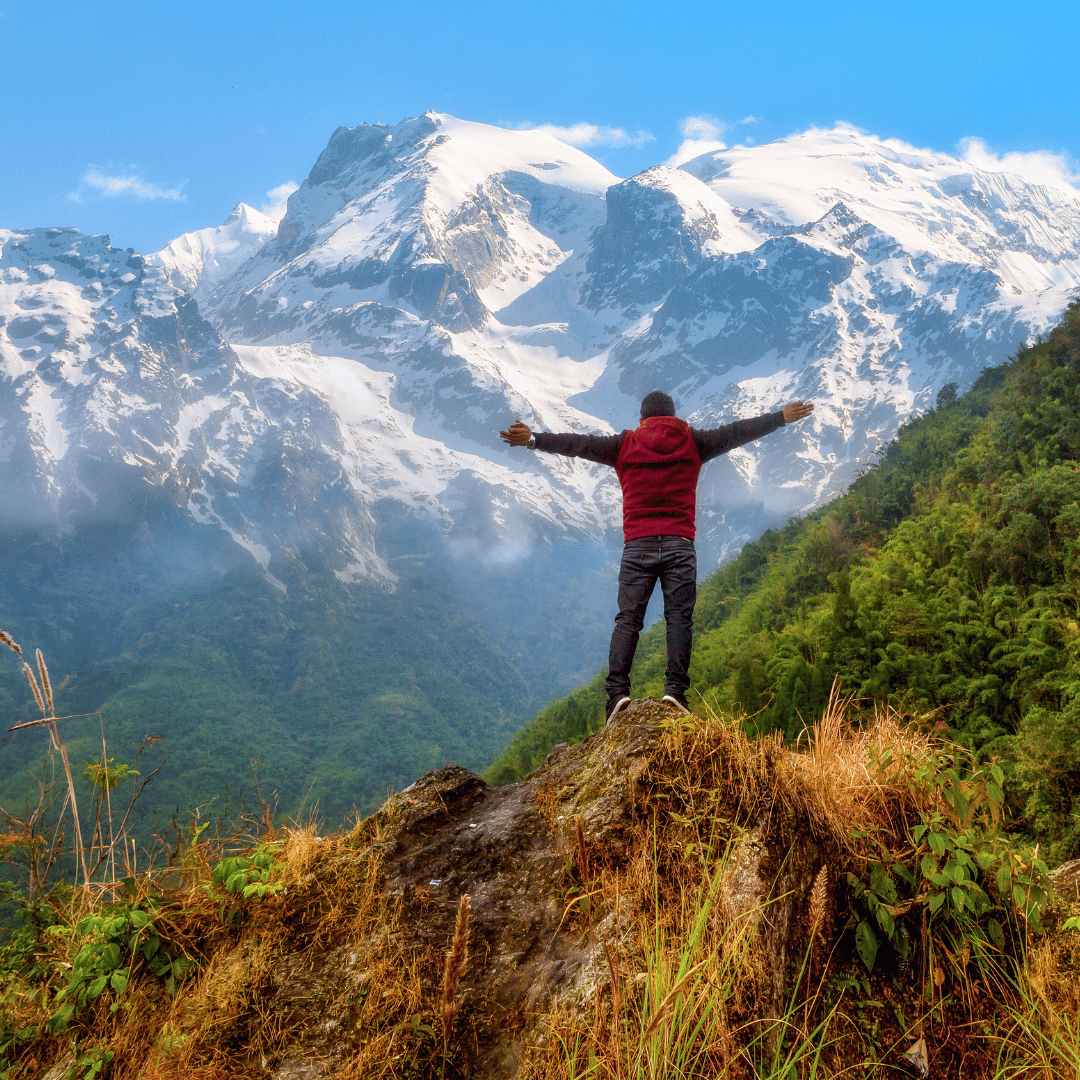Sikkim & West Bengal Itinerary
-
Welcome to India! You will be met on arrival and transferred to your hotel. Kolkata, the capital of West Bengal and India’s second-largest city, is a fascinating blend of old and new, where colonial-era architecture stands alongside modern developments. A city shaped by history, literature, and culture, Kolkata has long been regarded as India’s intellectual and artistic hub. Once the capital of British India, it retains a distinct colonial charm, evident in its grand buildings, broad avenues, and iconic yellow taxis weaving through its lively streets.
After settling in, take the afternoon to relax or get a first impression of the city’s dynamic character. Kolkata’s energy is reflected in its vibrant street life, from bustling markets and historic tram routes to quiet corners where time seems to stand still. The vast Maidan, the city’s largest green space, offers a peaceful retreat amidst the urban rush, while the old quarters of North Kolkata provide a glimpse into a bygone era with their narrow, winding lanes and weathered mansions. Whether you choose to unwind or take in the city’s unique atmosphere, Kolkata’s layered history and cultural richness are immediately apparent.
-
Spend the day exploring Kolkata’s rich history, architectural marvels, and spiritual landmarks. The city, often regarded as the cultural heart of India, offers a fascinating blend of colonial grandeur, artistic heritage, and deep-rooted religious traditions.
Begin with a visit to the iconic Victoria Memorial, one of Kolkata’s most magnificent attractions. Built in honour of Queen Victoria, this grand white-marble structure is surrounded by sprawling gardens and houses an extensive collection of paintings, sculptures, and historical artefacts that chronicle India’s colonial past. Its Indo-Saracenic architecture, blending British, Mughal, and Venetian styles, makes it one of the most visually striking buildings in the city.
For a more atmospheric experience, step into the South Park Street Cemetery, a hauntingly beautiful burial ground dating back to the 18th century. Shaded by ancient trees, the cemetery is dotted with towering mausoleums and elaborate tombs belonging to British officials, soldiers, and traders who once lived in colonial Calcutta. The weathered inscriptions and moss-covered stone structures offer a poignant reminder of the city’s past.
Another architectural treasure is the Marble Palace, an opulent 19th-century mansion built by a wealthy Bengali merchant. This private residence, still occupied by descendants of the original owner, is a rare example of neoclassical design in India. Inside, an eclectic collection of Western sculptures, chandeliers, Victorian furniture, and even paintings by European masters reflect the grand lifestyle of Kolkata’s aristocratic families.
For a glimpse into the spiritual side of the city, visit Paresnath Jain Temple, a masterpiece of intricate marble inlay work, mirrored hallways, and vibrant glass mosaics. Dedicated to the 23rd Jain Tirthankara, this temple is one of the most beautifully decorated places of worship in Kolkata, with every surface adorned in dazzling detail.
End the day at Kalighat, one of the most important Hindu temples in the city, dedicated to Kali, the fierce and powerful patron goddess of Kolkata. Located on the banks of the Hooghly River, Kalighat is one of the 51 Shakti Peethas, sites of great significance in Hindu mythology. The temple is always alive with the chants of devotees, the ringing of bells, and the scent of incense, offering an intense yet deeply spiritual experience.
-
Depart Kolkata at night aboard an air-conditioned sleeper-class train, settling in for an overnight journey to the foothills of the Himalayas. As the train rumbles through the vast plains of West Bengal, you’ll experience the charm of long-distance rail travel in India - where vendors pass through the carriages selling steaming cups of chai, and the rhythmic clatter of the train on the tracks creates a soothing backdrop for the journey.
Arriving at New Jalpaiguri around 8:00 am, transfer to the historic Darjeeling Himalayan Railway, affectionately known as the ‘Toy Train.’ This narrow-gauge railway, a UNESCO World Heritage-listed marvel, was built in the late 19th century and remains one of the most scenic and atmospheric ways to approach the Himalayas. The train’s leisurely pace allows for an immersive experience, winding through emerald-green tea plantations, misty forests, and picturesque hillside villages.
The journey from New Jalpaiguri to Darjeeling is an all-day adventure, offering breathtaking views of the mountains as the train gradually climbs to an altitude of over 2,000 metres. The track’s famous looping and zigzagging design is an engineering feat, enabling the train to navigate the steep inclines of the Himalayas. As it chugs past landmarks such as the Batasia Loop, a spiral railway offering stunning panoramic views, and the quaint hill stations along the way, you’ll feel as though you’ve stepped back in time to the colonial era when this railway first began operating.
This entire journey totals approximately 18 hours of train travel, but there is no more romantic or evocative way to arrive in Darjeeling than aboard the Toy Train, inching ever closer to the world’s most awe-inspiring mountain range.
-
Spend the morning exploring some of Darjeeling’s most significant sites, each offering a glimpse into the region’s history, culture, and natural beauty.
Begin at the Himalayan Mountaineering Institute (HMI), a legendary institution established in 1954 to train aspiring mountaineers and honour the achievements of Tenzing Norgay, the first man (alongside Sir Edmund Hillary) to summit Mount Everest. Located on the slopes of Birch Hill, the institute houses a fascinating museum with exhibits on historic expeditions, mountaineering gear, and photographs that document mankind’s quest to conquer the world’s highest peaks.
Nearby, visit the Padmaja Naidu Himalayan Zoological Park, a conservation-focused sanctuary that provides a rare opportunity to see high-altitude wildlife. Unlike traditional zoos, this park specialises in preserving Himalayan species, including the endangered red panda, snow leopards, and Himalayan wolves. The enclosures are designed to mimic the animals’ natural habitat, making it a unique and ethical wildlife experience.
Continue to the Tibetan Refugee Self Help Centre, an important cultural and social institution in Darjeeling. Established in 1959 by Tibetan refugees who fled their homeland following the Chinese invasion, the centre is dedicated to preserving Tibetan arts, crafts, and traditions. Here, you can observe skilled artisans weaving carpets, crafting intricate woodwork, and producing traditional Tibetan handicrafts. The centre also plays a vital role in the local Tibetan community, providing education, healthcare, and employment opportunities.
No visit to Darjeeling would be complete without a trip to a tea estate, where you’ll witness the process behind one of the world’s most famous teas. Darjeeling tea, often called the ‘Champagne of Teas,’ is known for its delicate flavour and floral aroma. Walking through the neatly manicured tea gardens, learn about the cultivation, hand-plucking, and processing of the tea leaves. A tasting session offers the chance to sample different varieties, from the light and muscatel-flavoured first flush to the rich, full-bodied second flush.
Later in the afternoon, take the time to wander through the charming streets of Darjeeling, where colonial-era buildings, bustling markets, and cosy tea houses create a relaxed yet vibrant atmosphere. Whether browsing through local handicraft stores, enjoying the crisp mountain air, or simply watching life unfold on the lively Mall Road, Darjeeling invites you to slow down and savour the experience.
To round off the day, stop at one of the town’s many tea shops, where even the most devoted coffee drinker may find themselves converted - if not to tea itself, then at least to an appreciation of the centuries-old tea culture that defines this Himalayan gem.
-
After an early breakfast, set off on a scenic 130km drive to Pelling, a charming town in West Sikkim known for its spectacular mountain views and deep-rooted Buddhist heritage. This journey, winding through the Himalayan foothills, offers countless opportunities to pause and take in the breathtaking natural beauty of the region.
Along the way, you’ll pass through mist-laden pine forests, vast tea gardens, and lush river valleys, each more picturesque than the last. The landscape is punctuated by cascading waterfalls, tumbling down steep cliffs into rocky streams below, creating perfect spots for photography. As you gain altitude, the air becomes crisper, and glimpses of Khangchendzonga (Kanchenjunga) - the world’s third-highest peak - appear on the horizon, its snow-capped peaks gleaming against the deep blue sky.
Upon arrival, you’ll find that Pelling is more than just a base for trekkers exploring the wild beauty of West Sikkim. Though small and peaceful, the town is rich in history and culture, surrounded by ancient monasteries, sacred lakes, and dense forests. It serves as a gateway to some of Sikkim’s most significant spiritual and historical sites, as well as numerous hiking trails leading to stunning viewpoints.
Whether you come for the breathtaking Himalayan panoramas, the rich Buddhist traditions, or the sense of serenity that pervades the town, Pelling offers an ideal retreat from the hustle of daily life, inviting you to slow down and immerse yourself in the beauty of the mountains.
-
This morning, explore two of Sikkim’s most revered monasteries, each offering insight into the region’s deep spiritual traditions and stunning Himalayan setting. These sacred sites have stood for centuries, preserving Buddhist teachings, intricate artwork, and a sense of peace that draws visitors and pilgrims alike.
Begin with a visit to Sangachoeling Monastery, the oldest monastery in Sikkim, founded around 1697 by Lama Lhatsun Chempo, one of the three great lamas who consecrated the first Chogyal (king) of Sikkim. Perched on a hilltop above Pelling, the monastery is accessible via a scenic forest trail, rewarding visitors with breathtaking views of Khangchendzonga (Kanchenjunga) and the surrounding valleys. The monastery retains its original charm, with ancient murals, butter lamps flickering in the dimly lit prayer halls, and a deep sense of tranquillity that makes it one of Sikkim’s most atmospheric religious sites.
Continue to the Pemayangtse Monastery, founded in 1705 by Lhatsun Chempo’s followers and considered one of the most significant monasteries in the region. Its name, meaning ‘Perfect Sublime Lotus,’ reflects its status as a centre for the purest form of Tibetan Buddhism practised in Sikkim. The monastery is adorned with beautiful wall paintings, ancient scriptures, and intricately carved wooden sculptures, including the remarkable seven-tiered model of Guru Rinpoche’s celestial abode, known as ‘Zangdok Palri.’ The monastery is still home to monks who follow strict spiritual practices, and its annual religious festivals, filled with masked dances and rituals, remain an important part of Sikkim’s cultural identity.
Later, visit the sacred Khecheopalri Lake, a place of deep religious significance for both Buddhists and Hindus. Surrounded by dense forest, this high-altitude lake is believed to be a wish-fulfilling lake, with local legends stating that wishes made here come true. It is also said that not a single leaf remains on its surface for long, as birds dutifully remove them to keep the waters pristine. During evening prayers, monks and pilgrims float leaf lamps (butter lamps placed on leaves) onto the water, creating a magical scene of flickering light reflecting off the still, sacred waters.
-
This morning, set off on a 2 hour drive to Yuksom, a historic town nestled in the lush, forested hills of West Sikkim. At an altitude of 1,780 metres, Yuksom is surrounded by towering peaks, dense rhododendron forests, and cascading streams, making it a place of both natural beauty and cultural significance. It was Sikkim’s first capital, founded in 1642, and remains a deeply revered site in the state’s history. Yuksom, meaning "meeting place of the three lamas," is where three Tibetan Buddhist lamas anointed the first Chogyal (king) of Sikkim, marking the establishment of the Sikkimese monarchy.
Today, Yuksom serves as the gateway to the Khangchendzonga National Park, a UNESCO World Heritage Site and a starting point for treks to the higher ranges of Khangchendzonga (Kanchenjunga), the world’s third-highest mountain. While the town itself is quiet and peaceful, it holds deep spiritual significance and is home to some of the region’s oldest monasteries and sacred sites.
For those interested in exploring further, a visit to the Dhubdi Monastery offers a rewarding experience. Perched on a forested hilltop, Dhubdi Monastery is a serene retreat that requires an hour’s trek from Yuksom. Built in the 17th century, it is one of the oldest monasteries in Sikkim, established soon after the first king was crowned. Its name, meaning "the retreat," reflects its secluded location and peaceful atmosphere. The walk to the monastery takes you through dense woods filled with prayer flags fluttering in the wind, and upon reaching the top, you are rewarded with breathtaking views of the surrounding valleys and mountains.
-
Ravangla, a serene hill town in South Sikkim, is known for its breathtaking Himalayan views and peaceful atmosphere, making it an ideal place to unwind amidst nature. Located around 2.5 to 3 hours (70km) from Yuksom, the journey takes you through winding mountain roads, dense forests, and charming villages, offering spectacular scenery along the way. Perched at an altitude of 2,134 metres, Ravangla provides panoramic vistas of snow-capped peaks, including Khangchendzonga (Kanchenjunga), Pandim, Kabru, and Siniolchu, which are particularly stunning at sunrise and sunset when the sky is bathed in hues of pink and gold.
You may choose to simply relax and take in the scenery, enjoying the tranquillity that makes Ravangla a sought-after retreat. The crisp mountain air and the fluttering of prayer flags in the breeze create a meditative atmosphere. If you’re keen to explore the outdoors, Ravangla offers picturesque forest trails through woodlands of oak, pine, chestnut, magnolia, and rhododendron trees. In spring, the landscape is especially vibrant, with rhododendrons blooming in brilliant shades of red, pink, and white. The region is also a paradise for birdwatchers, home to Himalayan species such as the satyr tragopan, Himalayan monal, and blood pheasant.
For a different experience, take a scenic drive to the Temi Tea Garden, Sikkim’s only tea estate, located about 26km from Ravangla (1 hour’s drive). Established in 1969, this organic tea plantation spreads across rolling hills, offering stunning views of the distant mountains. The winding roads leading to Temi pass through misty forests and terraced slopes covered in lush green tea bushes, creating a postcard-perfect landscape. The estate is renowned for producing high-quality organic tea, and a visit here provides an opportunity to observe the tea-plucking process, meet the workers, and sample some of the finest teas Sikkim has to offer.
-
This morning, set off on a 65km drive to Gangtok, the vibrant capital of Sikkim, a journey that takes approximately 3 to 3.5 hours through winding mountain roads, scenic river valleys, and lush green hillsides. Along the way, make a stop at Singtam, a small but culturally significant town on the banks of the Teesta River. Singtam is home to the Bermoik Monastery, one of the region’s lesser-known but historically important Buddhist sites. Nestled in the foothills, this peaceful monastery offers a glimpse into traditional Buddhist life, with prayer wheels spinning in the breeze, monks chanting in the prayer halls, and intricate murals depicting the teachings of the Buddha.
Continue on to Gangtok, a city perched at an altitude of 1,650 metres, offering breathtaking views of the surrounding Himalayan peaks. Known for its spectacular natural beauty, Gangtok is a fascinating mix of traditional Buddhist heritage and modern urban life. The city is dotted with ancient monasteries, colourful prayer flags, and bustling markets, all set against the stunning backdrop of mist-covered mountains.
Upon arrival, check into your hotel and enjoy a relaxed afternoon with free time to explore Gangtok at your own pace. A great place to start is the lively bazaar on MG Road, the heart of the city’s commercial and social life. This pedestrian-only street is lined with boutique shops, cafés, and market stalls, selling everything from Tibetan handicrafts and prayer flags to locally made woollen shawls and Sikkimese tea. It’s also a great place to experience the city’s vibrant street food scene - try momos (steamed dumplings), thukpa (noodle soup), and phagshapa (pork with radish and dried chillies), all of which reflect Gangtok’s unique cultural influences.
-
Start the day early with a sunrise visit to Tashi View Point, one of the best vantage points to witness the Kanchenjunga range bathed in the soft golden light of dawn. As the sun rises, the peaks gradually emerge from the mist, casting a mesmerising glow over the snow-capped mountains and the lush valleys below. This peaceful moment, accompanied by crisp mountain air, offers a breathtaking start to the day.
After breakfast, embark on a sightseeing tour of Gangtok, exploring some of its most significant spiritual and cultural landmarks. Begin with Ganesh Tok, a small yet beautifully situated temple dedicated to Lord Ganesha, offering panoramic views of Gangtok and the surrounding hills. Nearby, Hanuman Tok, a temple dedicated to Lord Hanuman, is perched at an altitude of 7,200 metres, providing another spectacular viewpoint. The temple’s peaceful atmosphere, combined with the fluttering of prayer flags in the wind, makes it a wonderful place for quiet reflection.
Next, visit the Namgyal Institute of Tibetology, an important centre for the study of Tibetan Buddhism, culture, and language. Housed in a striking Tibetan-style building, the institute contains a vast collection of rare manuscripts, Buddhist scriptures, ancient thangkas (scroll paintings), religious relics, and statues. It offers a fascinating insight into the spiritual traditions and scholarly heritage of Tibetan Buddhism, making it a must-visit for those interested in the history and philosophy of the region.
Later in the day, take a scenic drive to Rumtek Monastery, located 23km from Gangtok. As you leave the bustling city behind, the transition from the urban energy of Gangtok to the serene monastic setting of Rumtek Gompa is striking. Rumtek is one of the most important Buddhist monasteries in Sikkim and the seat of the Kagyu sect of Tibetan Buddhism. Originally built in the 16th century, the monastery was later reconstructed in 1966 as a replica of the Tsurphu Monastery in Tibet, which was the original seat of the Karmapa (head of the Karma Kagyu school).
The monastery’s grand entrance leads into a complex of prayer halls, meditation rooms, and monks’ quarters, with elaborately decorated interiors featuring vivid murals, intricate woodwork, and golden statues of Buddhist deities. One of its most sacred treasures is the Golden Stupa, which contains relics of the 16th Karmapa. Walking through the monastery grounds, surrounded by chanting monks, fluttering prayer flags, and the distant sound of prayer wheels turning, creates an overwhelming sense of tranquillity and spiritual devotion.
-
Today, embark on an unforgettable excursion to Tsomgo Lake (also known as Changu Lake), a stunning high-altitude glacial lake nestled amidst the rugged Himalayan landscape. Located about 40km from Gangtok, the journey to Tsomgo Lake takes around 2 hours, winding through breathtaking mountain roads that climb steadily in elevation. The scenery along the way is spectacular, with steep cliffs, dense alpine forests, and cascading waterfalls creating a dramatic backdrop.
Situated at an altitude of 3,753 metres, Tsomgo Lake is one of Sikkim’s most revered natural landmarks, both for its pristine beauty and spiritual significance. The lake’s crystal-clear waters reflect the towering peaks that surround it, creating a mesmerising mirror effect that changes with the seasons. In winter, the lake freezes over, transforming into a vast expanse of ice, while in spring, the landscape comes alive with vibrant rhododendron blooms and wildflowers, adding bursts of colour to the stark mountain scenery.
This is the closest point to the Tibetan border that Western visitors can access, with the actual border lying just 20km further along the road. The area has long been an important trading route between India and Tibet, historically used by yak herders and traders transporting goods across the mountains. Even today, the presence of prayer flags fluttering in the wind and small roadside shrines reflects the region’s deep-rooted Buddhist traditions.
While at Tsomgo Lake, you may choose to walk along the lakeshore, taking in the crisp mountain air and watching migratory birds such as the Brahminy duck, or you can embrace a more traditional mode of transport - a yak ride. These large, shaggy-coated animals, adapted to the harsh mountain climate, have been used as pack animals in the Himalayas for centuries. Riding a yak around the lake is a unique and unforgettable experience, though not necessarily the most comfortable! Their slow, steady gait and impressive stature make for an authentic Himalayan adventure, adding to the charm of this incredible location.
-
Today, embark on an excursion to Gorumara National Park, a diverse wildlife sanctuary located in the Terai region of the Himalayan foothills. Spread across 80 square kilometres, this lush landscape of grasslands and tropical forests is one of West Bengal’s most important conservation areas, home to a rich variety of flora and fauna. Established as a reserve forest in 1895 and later designated as a national park in 1994, Gorumara is particularly renowned for its population of Indian rhinoceroses, which roam freely through its expansive terrain.
The park’s unique location, where the floodplains of the Murti and Jaldhaka rivers meet the foothills of the Himalayas, creates an ideal habitat for wildlife. In addition to the Greater One-Horned Rhinoceros, Gorumara supports a diverse range of animals, including Asian elephants, Indian bison (gaur), leopards, sloth bears, sambar deer, barking deer, and wild boar. The park is also a haven for birdwatchers, with over 200 species of birds, including hornbills, woodpeckers, peafowls, and colourful kingfishers, making it a paradise for nature enthusiasts.
The best way to experience the wildlife of Gorumara is from its well-positioned watchtowers, which provide panoramic views over the grasslands and waterholes, where animals often gather to drink. Some of the most famous watchtowers include the Jatraprasad Watchtower, named after a legendary elephant that once patrolled the park, the Rhino Observation Point, and the Chukchuki Birding Watchtower, an excellent spot for birdwatchers. From these vantage points, visitors have the best chance of spotting rhinoceroses, elephants, and deer, especially in the early morning or late afternoon when wildlife is most active.
Beyond the park itself, you may also choose to visit some of the local villages that encircle the sanctuary. The indigenous communities living in the region, including members of the Rajbanshi and Toto tribes, have a long-standing connection to the forests and play a role in the conservation of the park’s delicate ecosystem. Visiting these villages offers an opportunity to learn about traditional lifestyles, local crafts, and agricultural practices, as well as experience the warm hospitality of the locals.
As the day comes to an end, take a moment to appreciate the unspoiled beauty of Gorumara National Park, where the sights and sounds of the wilderness provide an immersive and unforgettable experience in one of India’s most scenic wildlife sanctuaries.
-
Today, set off on a journey to Majuli Island, a place of immense cultural and spiritual significance in Assam. The trip takes around three hours by car, followed by a one-and-a-half-hour ferry ride across the mighty Brahmaputra River. The ferry ride itself is an experience, offering stunning river views, the sight of fishermen casting their nets, and glimpses of small riverine settlements along the banks.
Majuli Island is the second-largest river island in the world and is continuously under threat from erosion caused by the Brahmaputra’s changing course. Despite this, it remains the cultural heartland of Assam, known for its monastic traditions, vibrant arts, and indigenous tribal communities.
The island is considered the spiritual centre of Assamese culture, as it was here that Sankardeva, Assam’s revered 16th-century saint and reformer, introduced the Vaishnavite monastic tradition. He established a series of satras (Vaishnavite monasteries) dedicated to devotion, learning, music, and dance. The monks, known as bhakats, continue to preserve classical Assamese dance forms, devotional music, and theatrical performances that depict stories from Hindu epics.
Spend time exploring some of the historic satras, where you can witness monastic rituals, traditional mask-making, and performances of Sattriya dance, an art form that evolved out of the daily spiritual practices of the monks. The prayer halls, murals, and well-preserved manuscripts within these monasteries offer a deep insight into Assam’s religious and artistic heritage.
The island is also home to the Mishing community, an indigenous group who traditionally live along the banks of the Brahmaputra. Visit a Mishing village, where you’ll see their stilt houses designed to withstand the river’s seasonal flooding. The Mishing people are skilled fishermen and weavers, and each home features a handloom where women weave intricate textiles, creating traditional mekhela chadors and shawls in bright colours and geometric patterns.
If time allows, visit Majuli’s renowned craft villages, where artisans specialise in mask-making and pottery. The mask painters of Majuli craft expressive masks used in ritualistic dance dramas, while the potters use ancient hand-moulding techniques, shaping clay without the use of a wheel. These traditions have been passed down through generations and remain an integral part of Majuli’s cultural identity.
-
After breakfast, set off on a drive to Bagdogra Airport, a journey of approximately 3 to 4 hours, depending on road conditions. The route takes you through the rolling foothills of the Himalayas, passing tea plantations, river valleys, and lush forests, offering a final glimpse of the stunning landscapes of North East India.
Upon arrival at Bagdogra Airport, check in for your domestic flight to Kolkata, the bustling cultural capital of India. On arrival, you might like to spend a few days here, or continue on your international journey home.
The India Unbound Difference
At India Unbound, we’ve spent twenty years on the ground in India, learning all about its intricacies, landscapes and cultures. We use this first-hand knowledge to carefully curate travel itineraries for our guests, and are proud to be a reputable private touring specialist. In addition, our team of local partners offer guarantees of punctuality, quality and service. All of our India private tour itineraries include all accommodation mentioned, daily breakfasts and other meals as specified, all transfers, touring and sightseeing by air-conditioned Toyota Innova or similar vehicle, and internal flights as outlined in the itinerary. Private activities and sightseeing with English-speaking local guides are included, along with entrance fees, drinking water in the vehicle, and all vehicle-related charges such as tolls, parking fees, and taxes. The cost does not include visas or international flights, personal expenses such as drinks and laundry, meals and activities not specifically listed as included, or camera fees, which are rarely applicable. Prices are listed in Australian dollars and are based on per person, twin share. Please note that these may fluctuate depending on the time of year you’re looking to travel, and the type of accommodation you prefer.

